

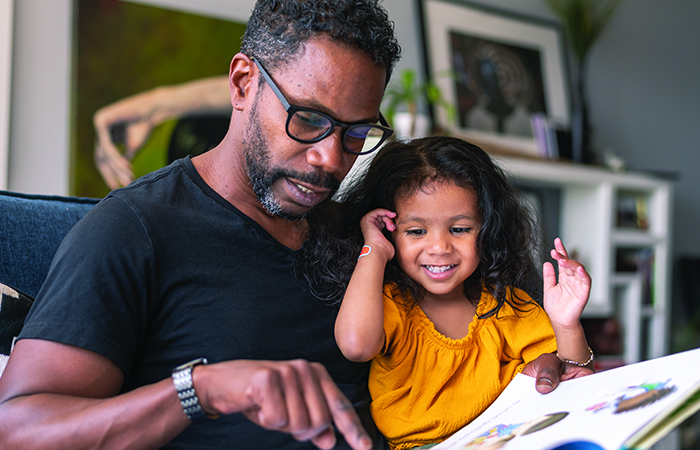
Lola is a fussy eater until her big brother, Charlie makes up inventive names for vegetables and other foods.
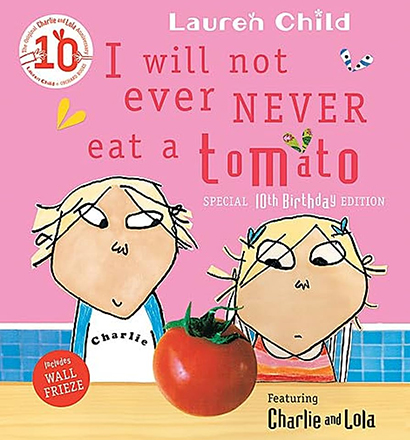
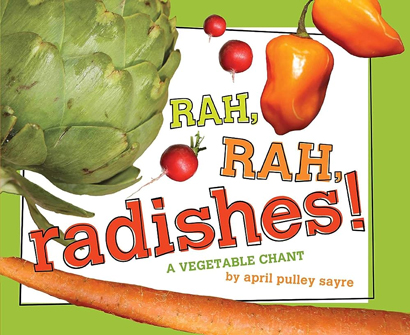


Books by April Pulley Sayre are written in rhyme, with vivid colored photos that will delight both kids and parents.
by Eileen Browne
(©1999, Candlewick Press)
This is a delightful tale of a young Kenyan girl on her way to visit her friend in a nearby village. On the way, seven different animals eat the seven varieties of fruit on her head. Children love seeing the beautiful and colorful illustrations and delight in the surprise twist at the end of the story.
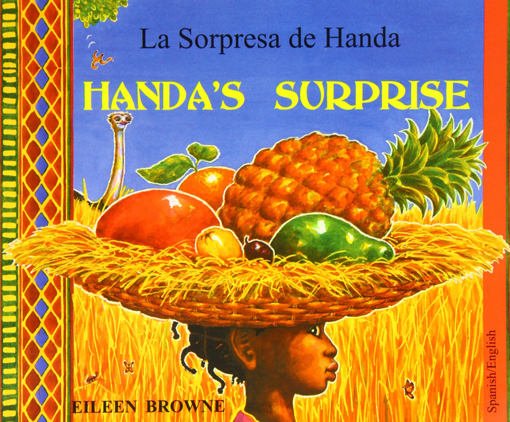
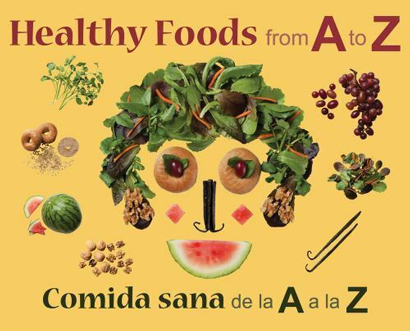
by Stephanie Maze and Renee Cornet
(©2012, Moonstone Press)
This bilingual picture book features fabulous color photos of faces made from fruits and vegetables, grains, nuts and beans. It also has fun food activities to do
at home.
If you can’t make it to the library, there are a number of resources online too! Discover MyPlate has mini eBooks available to download for free:
https://www.fns.usda.gov/tn/discover-myplate-emergent-reader-mini-books.
Reading books like these with your child shows them that choosing healthy foods is important and can also be a lot of fun. When you make healthy eating a priority, your child will too!
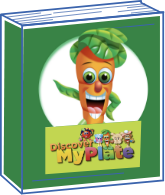
The ‘I’m a WIC Client’ button now directs to Nutrition and Breastfeeding, the content offered on the site has not changed.
Side-Lying Hold
This hold is useful when:
Cross-Cradle Hold
This hold is useful when:
Clutch or “Football” Hold
This hold is useful when:
Cradle Hold
This hold is useful when:
Laid-Back Hold
This hold is useful when: